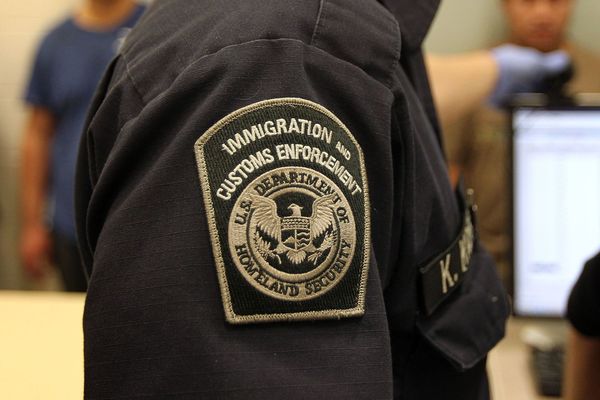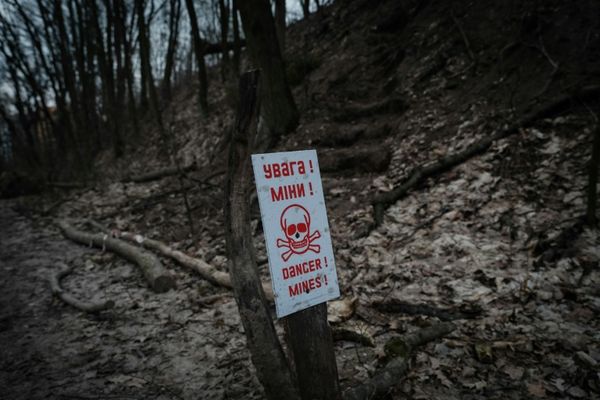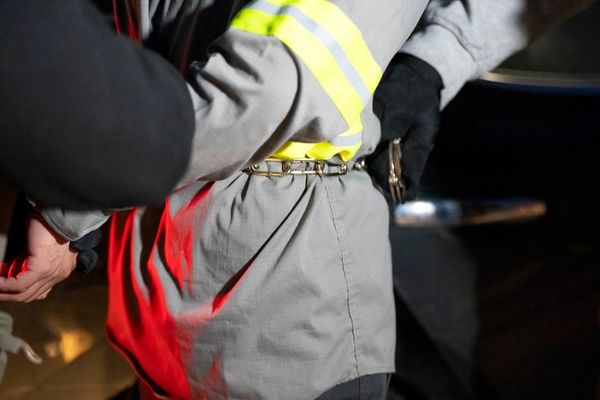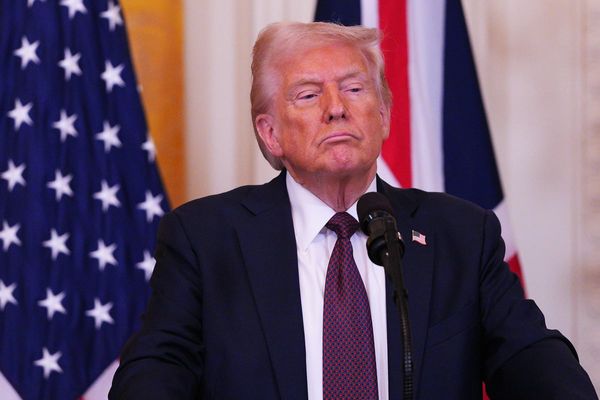Pennsylvania has many slogans and nicknames. “The Keystone State.” “State of Independence.” “Home of beer, chocolate, and liberty and Taylor Swift.” And now: “centre of the political universe”.
According to recent analysis by political statistician Nate Silver, how Pennsylvania swings on November 5 is likely to determine the next leader of the free world. If Kamala Harris wins the state, her odds of taking the White House reach 91%. If Trump wins, his odds skyrocket to 96%.
That’s how much Pennsylvania’s 19 electoral votes matter (270 are needed to win the Electoral College), and how much the state is a bellwether nationally for how each candidate is performing with “must-win” voters.
Nearly every statewide poll conducted in Pennsylvania (PA) in the last month shows a statistical tie in the presidential contest. FiveThirtyEight forecasts in its simulations that Harris would win the state 54 times out of 100 elections and Trump 46 times, meaning the state is a virtual toss-up.
In 2016, Trump pulled off a narrow upset in PA, defeating Democrat Hillary Clinton 48.2 to 47.5%. The victory cracked the crucial “Blue Wall,” alongside Michigan and Wisconsin, which paved Trump’s path to the White House. In 2020, President Joe Biden, thanks partly to touting his family’s roots in the working-class city of Scranton, beat Trump in Pennsylvania 50 to 48.8%. In the last 10 elections, Pennsylvania has selected the eventual occupant of the Oval Office eight times.
The world is watching as the US election campaign unfolds. Sign up to join us at a special Conversation event on October 17. Expert panellists will discuss with the audience the upcoming election and its possible fallout.
Beyond the race for the White House, arguably there’s nowhere else with a more high-stakes race. Most notably, incumbent Democratic Senator Bob Casey has been exchanging barbs with Republican challenger Dave McCormick in an election that could tip the balance of the US Congress.
Bellwether state
Democratic political strategist James Carville once quipped that Pennsylvania is Philadelphia and Pittsburgh, with Alabama in between. Today, one could say it’s the Land of Walmart, Tractor Supply Co. and Fox News v the Land of Starbucks, Lululemon stores and MSNBC.
Zooming out, an electoral map of the state looks a lot like that of the country: vast swaths of Republican red in the rural, central parts of the state, and dashes of Democratic deep blue in the east and the west denoting its population centres.
Pennsylvania reflects the political realignment of both the Democratic and Republican parties in the last decade plus. Predominantly white, blue-collar Americans have gravitated to the Republican party. Meanwhile affluent urbanites have remade the Democratic party, formerly a base for the working class, into the party of the college educated and those who are less likely to be religious. But the Democrats still pick up 49% of the non-college educated and their share of the suburban vote has been rising.
Neither presidential candidate, however, is writing off key constituencies in PA. The Harris team has opened up 50 headquarters across Pennsylvania in an effort to make inroads in conservative, rural communities. Meanwhile, Trump has made a major play for Black voters and had looked like he was on track to win the highest support from Black voters of any Republican presidential candidate in history.
Particularly up for grabs are moderate suburbanites, such as those on Philadelphia’s “Main Line” (an area of well-off suburbs) and in upscale outskirts of the state capital of Harrisburg, who tend to be more liberal on social issues and conservative on economic issues.
Democrats have a slight edge in overall registration numbers in PA, at 44% compared to Republicans at 40% (12% of Pennsylvanians identify as independents). However, the registration advantage for Democrats is the thinnest it’s been in decades.
Big spending and big issues
As 2024’s biggest electoral prize, no state has been bombarded with more cash and attention than PA. Harris and Trump have criss-crossed the state for months at locations such as the Pennsylvania Farm Show Complex (a huge agricultural showground) and at union rallies.
Harris and her allies have spent US$21.2 million (£16.9 million) on political ads in Pennsylvania (that’s three times what they’ve spent in Georgia, twice what they’ve spent in Michigan and 18 times what they’ve spent in North Carolina). To match, Trump and his allies have doled out $20.9 million in PA (twice what they’ve spent in Georgia, three times than they’ve spent in Michigan and eight times what they’ve spent in North Carolina).
Dollars have funnelled into negative ads galore on the many issues that Americans more broadly face, including inflation and the cost of living crisis, crime, abortion and immigration. The war in Ukraine has featured as an especially central issue for Pennsylvania’s large Polish community in an attempt by the Democrats to harness historic fears about Russia.
No topic, however, has sparked more controversy than fracking, the process of extracting oil and gas from underground rock. PA has become a national leader in fracking, triggering outrage among environmentalists, even as advocates tout the industry as an enormous wealth and job creator for the state.
Harris, who declared as a Democratic presidential primary candidate in 2019 that: “There’s no question I’m in favor of banning fracking,” now says “let me be absolutely clear, as I’ve been when I said it back in 2020, I will not ban fracking”. Trump has unequivocally championed fracking as part of his “drill, baby, drill” message on lowering prices and creating domestic energy independence.
What’s in store
If Pennsylvania’s presidential race is anywhere near as tight as the polls suggest, a winner might not be announced in Pennsylvania, or the country, on election night. With the counting of absentee and overseas ballots (and the possibility of a recount), the process could drag on for days, if not weeks.
That’s one reason why both sides are already “lawyered-up” in anticipation of litigious combat. In 2020, the US Supreme Court declined to intervene in a case in Pennsylvania that tested rules surrounding the timing of when mail-in votes could still be counted. However, other aspects of electoral protocols or the integrity of ballots could again be challenged.
Already in 2024, Pennsylvania has been politically consequential. The first assassination attempt of Trump occurred in the tiny town of Butler, PA. Harris’s decision to snub popular state governor Josh Shapiro as her running mate also raised concerns, and could lead to considerable second-guessing if she loses PA and the presidency. Pennsylvania also hosted the one (and likely only) debate between Harris and Trump.
Whether Harris or Trump ends up as president will depend on whether their political stars align. Either way, those stars revolve around Pennsylvania, the centre of the political universe.
Thomas Gift does not work for, consult, own shares in or receive funding from any company or organisation that would benefit from this article, and has disclosed no relevant affiliations beyond their academic appointment.
This article was originally published on The Conversation. Read the original article.







